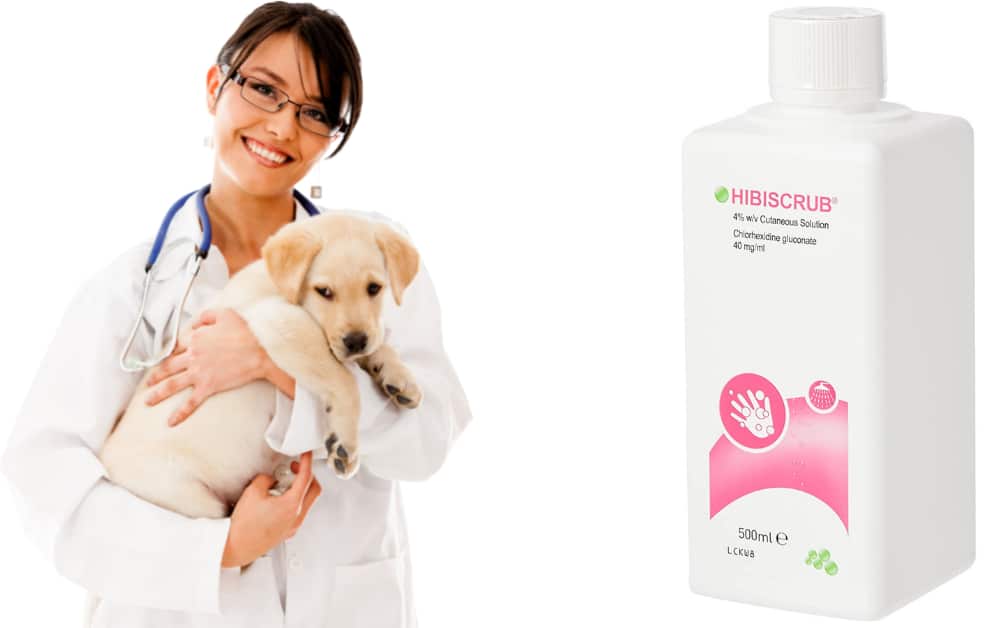Ever caught your canine companion giving you those puppy-dog eyes while you’re enjoying a sweet treat? If that treat happens to contain carob chips, you might be wondering, Can dogs eat carob chips? The short answer is generally yes, carob is considered a safe and even healthy alternative to chocolate for dogs. However, like with any food, moderation and understanding potential health concerns are key.
Let’s unwrap the full story and ensure your beloved pet stays happy and healthy.
Key Takeaways
- Carob is generally a safe and non-toxic alternative to chocolate for dogs.
- It lacks the harmful theobromine and caffeine found in chocolate.
- In moderation, carob can offer some nutritional benefits like fiber and antioxidants.
- Always choose plain carob chips without added sugars or artificial sweeteners (especially xylitol).
- Introduce carob gradually and monitor your dog for any adverse reactions.
- Consult your veterinarian if you have any concerns or if your dog has underlying health conditions.
What Exactly Are Carob Chips?
Carob comes from the pods of the carob tree (Ceratonia siliqua), a Mediterranean evergreen. The pods are dried, roasted, and ground into a powder that boasts a naturally sweet, chocolate-like flavor without the theobromine and caffeine that make chocolate toxic to canines.
Carob chips are simply this carob powder formed into convenient, bite-sized pieces.
Best Value
Greenies Original Regular Natural Dog Dental Care Chews Oral Health Dog Treats
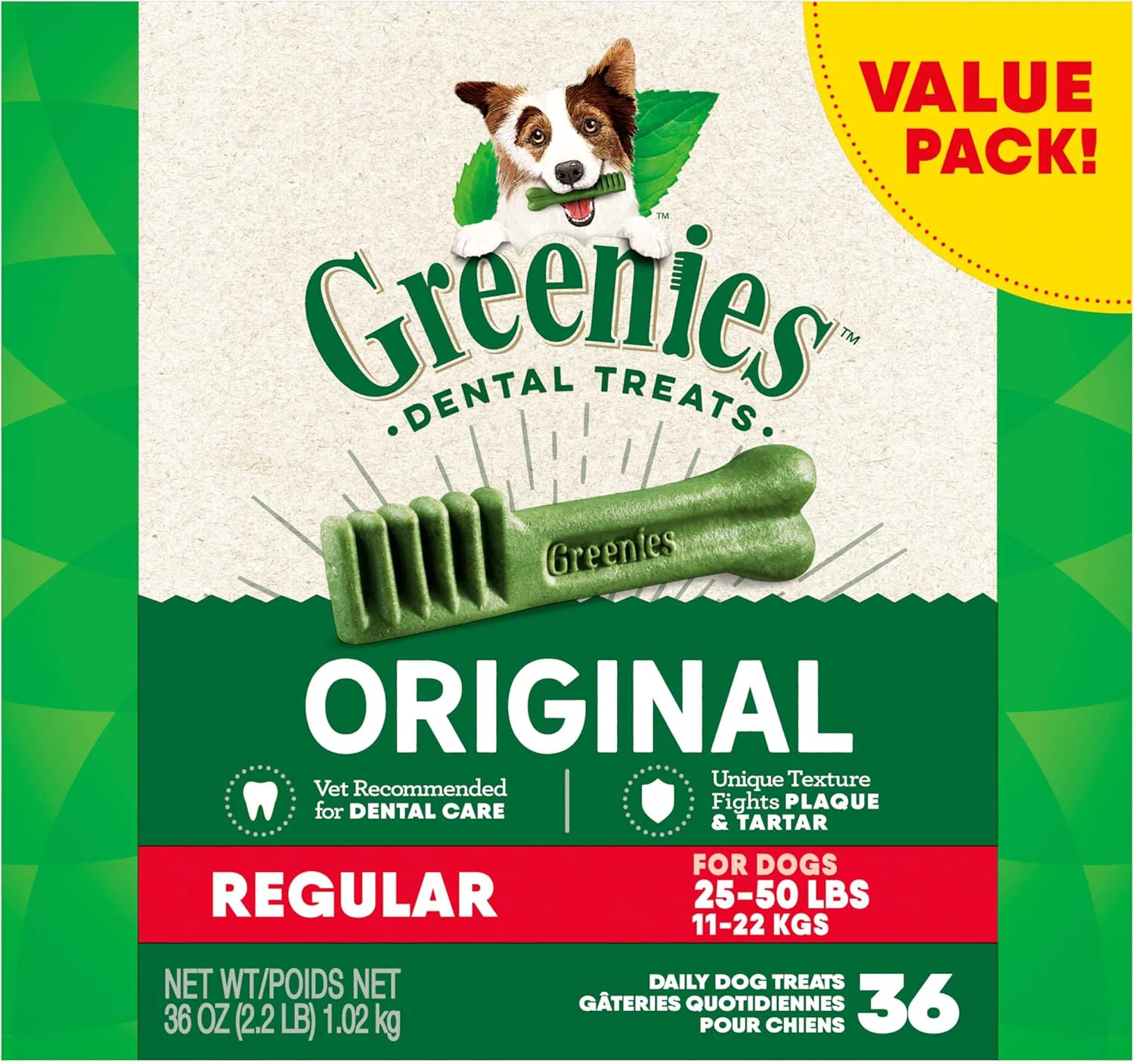
Premium Pick
Blue Buffalo Wilderness Variety Pack Dog Treats Made with Natural Ingredients Duck Turkey & Salmon
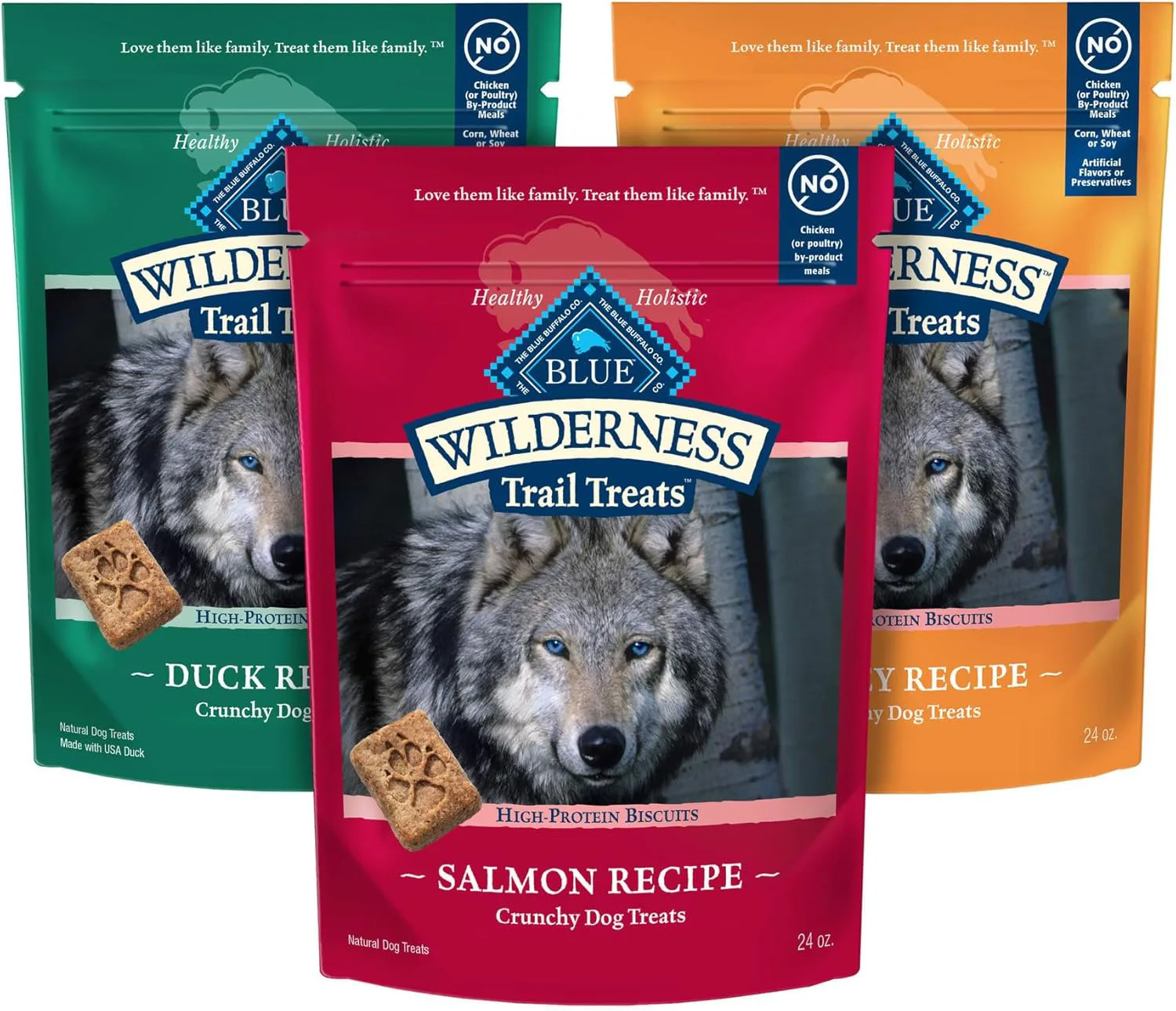
Can Dogs Eat Carob Chips?
Yes, dogs can safely eat carob chips because carob does not contain theobromine or caffeine, the harmful compounds found in chocolate that are toxic to dogs. Carob chips are a popular, pup-friendly alternative to chocolate chips and offer nutritional benefits like dietary fiber, calcium, potassium, and vitamin A, which support your dog’s overall health.
However, always serve carob chips in moderation and check ingredient labels to avoid added sugars or xylitol, which can be dangerous for canines.
Some canines may have allergies or sensitivities, so introduce carob chips gradually and monitor for any adverse reactions. Carob chips are a safe, tasty treat for most dogs when given responsibly.
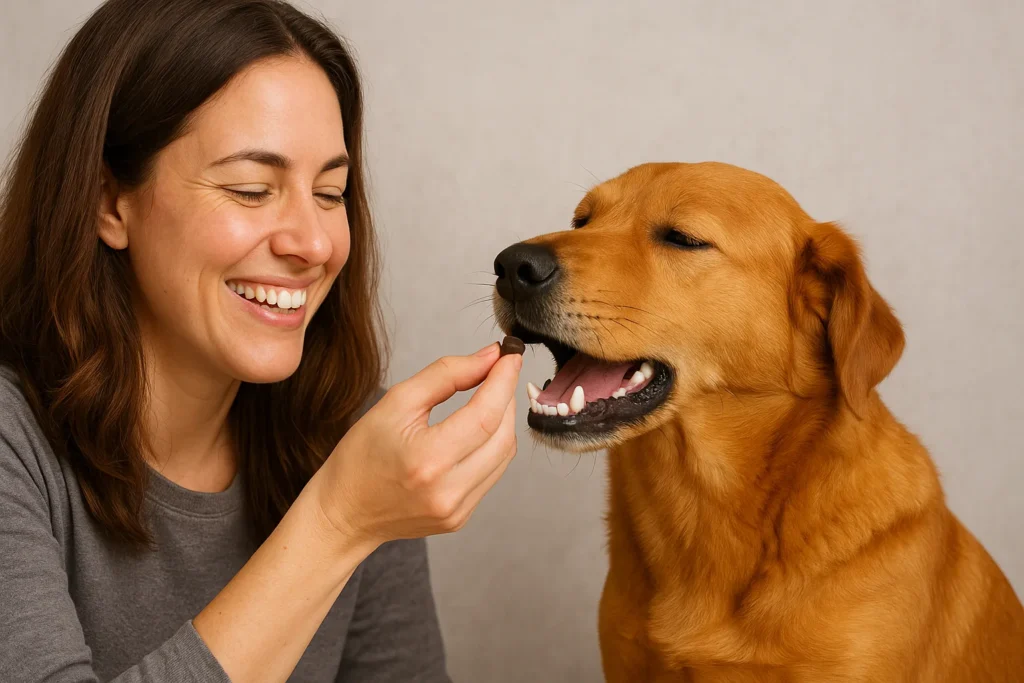
Why is Chocolate Bad for Dogs?
Chocolate, is a no-no for our furry pals. Chocolate contains methylxanthines, primarily theobromine and caffeine. Dogs metabolize these substances much slower than humans, leading to a buildup in their system.
Even small amounts of chocolate can cause symptoms like:
- Vomiting
- Diarrhea
- Increased thirst
- Restlessness
- Increased heart rate
- Tremors
- Seizures
- In severe cases, even death
The darker the chocolate, the higher the concentration of these harmful compounds, making dark chocolate and baking chocolate particularly dangerous.
Carob vs. Chocolate
| Feature | Carob | Chocolate (Dark) |
|---|---|---|
| Theobromine | 0% | High |
| Caffeine | 0% | Moderate |
| Fat Content | Lower | Higher |
| Sugar Content | Naturally Sweet, Can be Lower in Added Sugars | Varies, Often High |
| Fiber | Good Source | Low |
| Calcium | Present | Present |
| Antioxidants | Present | Present |
| Dog Safety | Generally Safe in Moderation | Toxic |
Health Benefits
Are carob chips safe for dogs? Interestingly, carob isn’t just a safe alternative; it can also offer some nutritional advantages for your canine companion when given in moderation:
- Good Source of Fiber: Carob can aid in healthy digestion and help regulate bowel movements.
- Rich in Antioxidants: These compounds can help protect your pup’s cells from damage.
- Contains Vitamins and Minerals: Carob contains nutrients like calcium, potassium, and magnesium.
- Naturally Sweet: This can make it a palatable treat without the need for artificial sweeteners that might be harmful to dogs.
Potential Risks
While generally safe, there are a few things to keep in mind when introducing carob chips to your dog’s diet:
- Moderation is Key:
- Like any treat, carob chips should only be given in small amounts. Overconsumption can lead to digestive upset, such as diarrhea.
- Added Ingredients:
- Some commercially available carob chips may contain added sugars, artificial sweeteners (like xylitol, which is highly toxic to dogs!), or other ingredients that are not suitable for canine consumption. Always scrutinize the ingredient list carefully. Opt for plain, unsweetened carob chips whenever possible.
- Allergies and Sensitivities:
- While rare, some dogs may have allergies or sensitivities to carob. Introduce it in small amounts and monitor your dog for any adverse reactions like itching, vomiting, or diarrhea.
- Puppies and Dogs with Underlying Health Conditions:
- It’s always best to consult with your veterinarian before introducing any new food, including carob, to puppies or dogs with pre-existing health conditions.
Comparing the nutritional content of carob powder vs. cocoa powder
| Nutrient | Carob Powder (per 1 tbsp) | Cocoa Powder (per 1 tbsp) |
|---|---|---|
| Calories | ~25 | ~12 |
| Fat | ~0g | ~1g |
| Carbohydrates | ~6g | ~3g |
| Fiber | ~2g | ~1g |
| Sugar | ~3g (natural) | ~0g |
| Calcium | ~20mg | ~4mg |
| Theobromine | 0mg | ~70mg (in unsweetened) |
| Caffeine | 0mg | ~12mg |
How to Safely Introduce Carob Chips to Your Dog
If you decide to offer your dog carob chips, here’s a gradual approach:
Begin with just a tiny piece to see how your dog reacts. Observe your furry friend for any signs of digestive upset or allergic reactions over the next 24-48 hours.
Option for carob chips with minimal or no added ingredients, especially avoiding artificial sweeteners.
You can even use pure carob powder to make your own dog-friendly treats, allowing you to control all the ingredients.
Delicious and Safe Ways to Incorporate Carob into Your Dog’s Life
Beyond simply offering a chip, here are some creative ways to include carob in your dog’s treats:
- Add carob powder to your favorite dog biscuit recipe.
- Melt plain carob chips and spread them thinly on parchment paper. Once hardened, break them into small pieces.
- Sprinkle a tiny amount of carob powder on homemade dog-friendly ice cream or frozen yogurt.
FAQs
How many carob chips can I give my dog?
Moderation is key. Start with one or two small chips for a large dog and even less for smaller breeds. Observe how your dog reacts. Treats, including carob, should generally make up no more than 10% of your dog’s daily caloric intake.
Can puppies eat carob chips?
While carob is generally safe, puppies have more sensitive digestive systems. It’s best to introduce any new food, including carob, in very small amounts and monitor closely. Consulting your vet is always recommended for puppies.
What are the symptoms of carob intolerance in dogs?
Symptoms could include mild digestive upset like gas, loose stools, or vomiting. If you notice any of these signs after giving your dog carob, discontinue use and consult your veterinarian if the symptoms persist.
Are carob chips better for dogs than other dog treats?
Carob can be a healthier alternative to some commercially available dog treats that are high in processed ingredients, artificial flavors, and excessive sugars. However, the overall nutritional value depends on the specific product. Always choose treats with wholesome ingredients.
My dog accidentally ate a large amount of carob chips. Should I be worried?
While carob is not toxic like chocolate, consuming a large quantity could still lead to digestive upset due to the high fiber and sugar content. Monitor your dog for symptoms like vomiting, diarrhea, and lethargy. If symptoms are severe or persist, contact your veterinarian.
Final Thoughts
In conclusion, carob chips can be a safe and even enjoyable treat for your dog when given responsibly. By understanding the differences between carob and chocolate, being mindful of potential risks, and practicing moderation, you can offer your furry friend a sweet indulgence without compromising their health.
Always prioritize your dog’s well-being and consult with your veterinarian for personalized dietary advice.



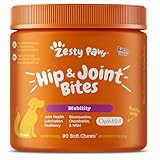




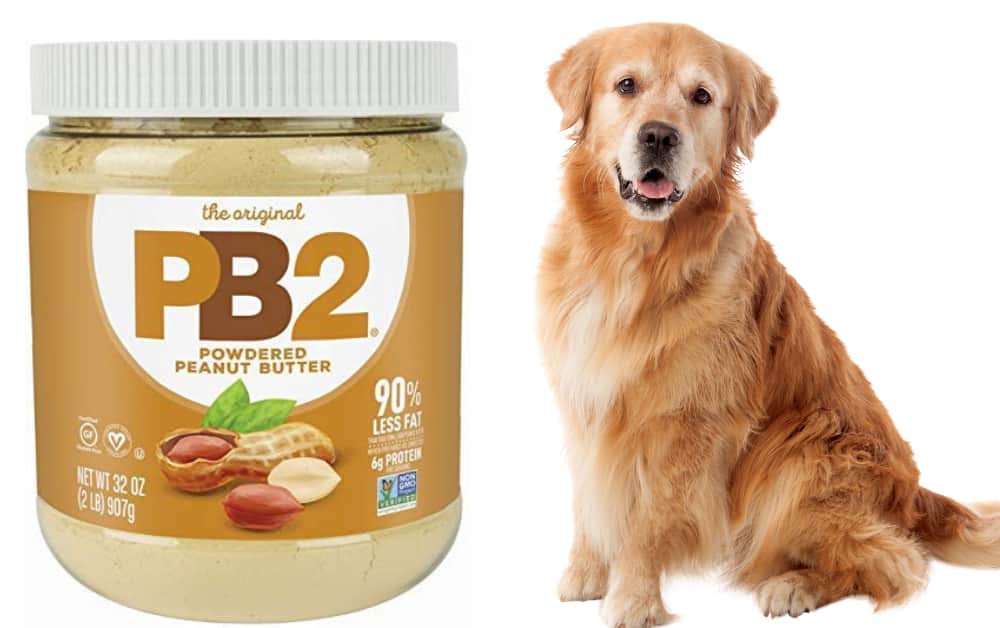

![Can Dogs Eat Blood? 7 Side Effects [Expert Opinion]](https://petskor.com/wp-content/uploads/2022/04/Webp.net-resizeimage-12.jpg)
